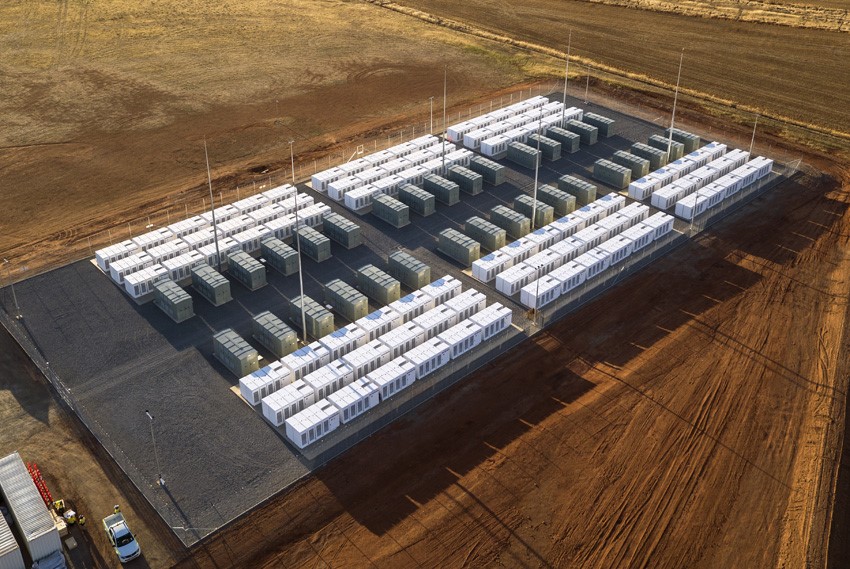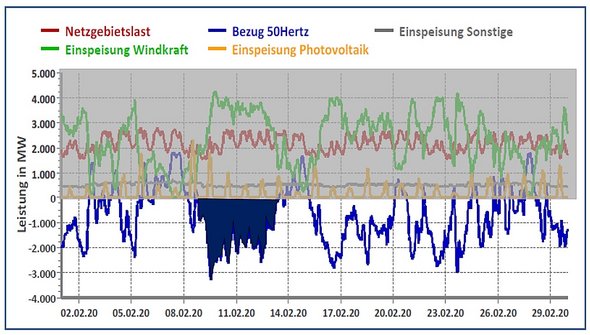Stationary Battery Storage
Before we will focus on the possible contribution of stationary or e-car batteries to electric power system stability, we should have first a deeper look into the size of storage capacity needed in the grid. Actually we have 40 GWh of storages in Germany, mainly based on pump storage units. Depending on the actual power demand in Germany, these 40 GWh are able to supply Germany only for 30…60 minutes. In former times this small capacity depends on excellent load forcasting systems and perfectly planable generation units, which can follow the demand very precisely minute by minute – only for a very small mismatch we needed the a.m. 40 GWh.
Today we are faced with the situation that the load is still fluctuating and now a huge amount of renewable generation from photovoltaic and wind energy is also fluctuating and not really good forcastable. Based on German law, renewable generation can feed as much as possible electricity to the grid at any time nearly without any restriction. Especially in the North East of Germany (where Cottbus is located) we have quite low electricity demand and huge renewable over generation. The examples below are taken from a 110 kV distribution grid in the north east of Germany. In 12/2017 they had overproductions of 100 GWh in some days (blue area), which meanwhile increase to 200 GWh in 02/2020 (also blue area). These renewable overproductions either has to be stored or due to the lag of storages fed back to 400 kV transmission system or switched off.
So the storage capacity in Germany has to be increased from some 10`s of GWh up to several 100`s of GWh.
In the pictures aside you can see the largest German pump storage unit in Goldisthal with charging / discharging capacity of 1 GW for 8 hours, so in total a storage capacity of 8 GWh. Compared with the figures before, we will need more than 50 of these units in Germany, unfortunately we do not have enough geological formations for that and we also would need 20..40 years to built them.
The picture below will show you the actually world wide largest battery system, built by TESLA in Australia, with a charging / discharging power of 0.12 GW for 1 hour, so a total storage capacity of 0.12 GWh.
So more than 3.000 of these units distributed in Germany would be sufficient to deal with the actual overproduction of renewables in the next years.
Main question is, who will be the market enabler and will pay for these storages.
To answer this question it might be helpful to think about the use of e-car batteries, as long as the cars are unused and connected to the power grid.




